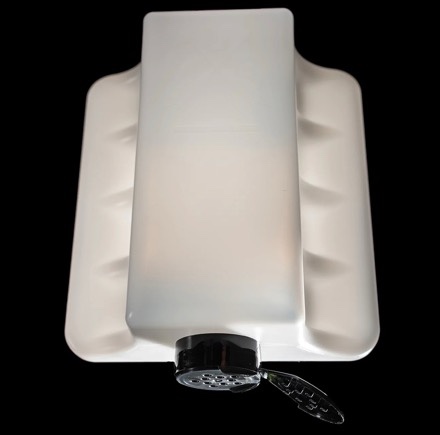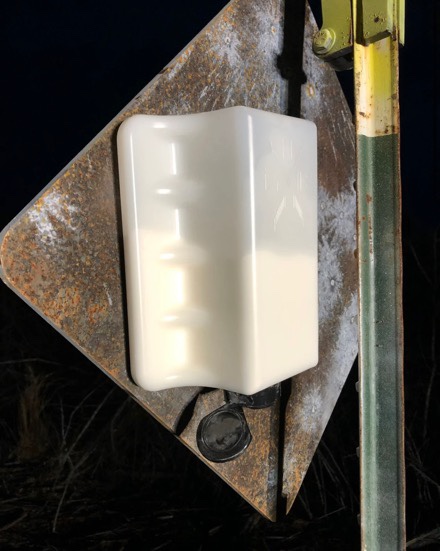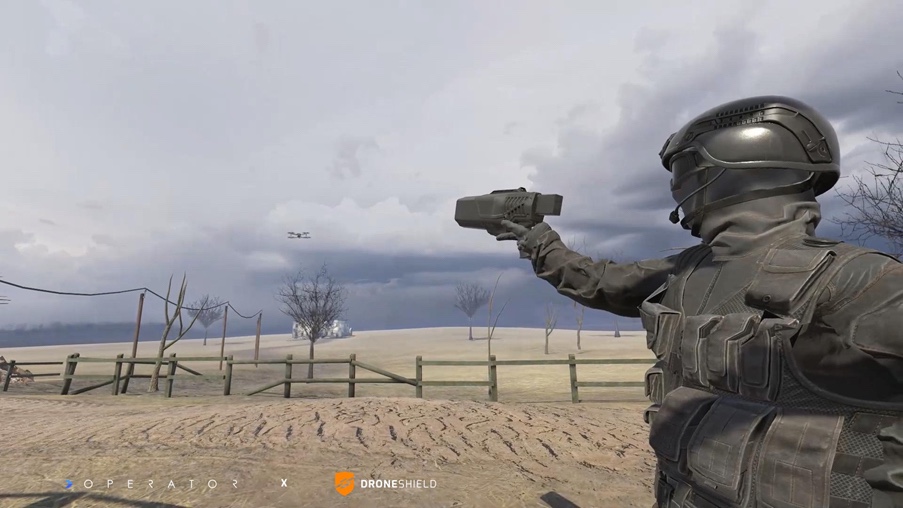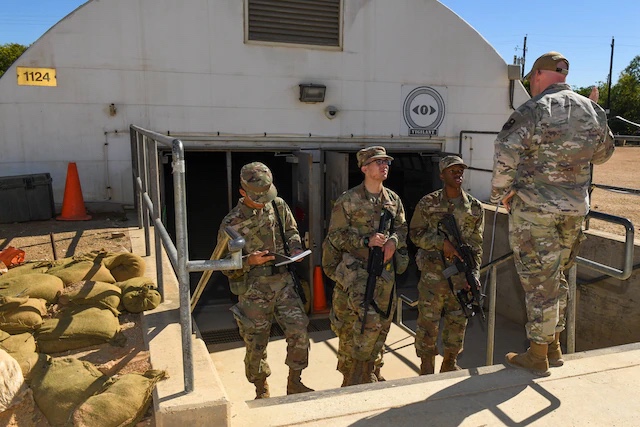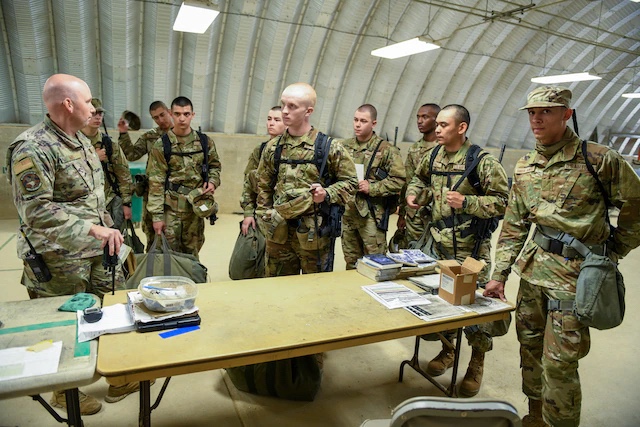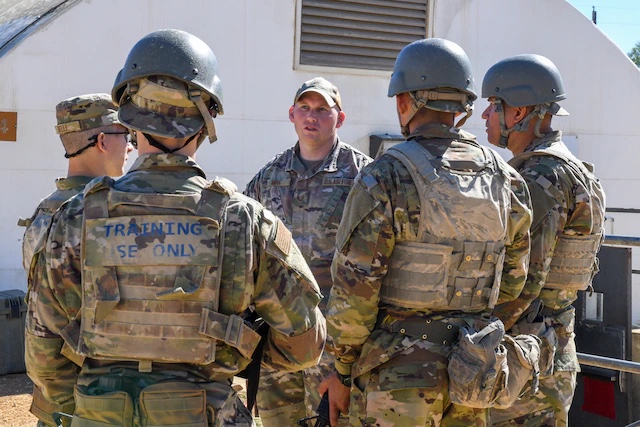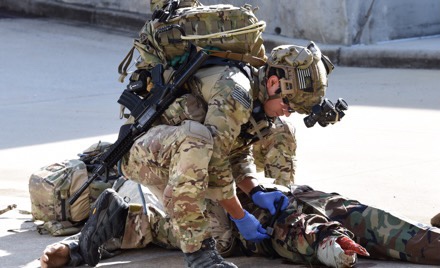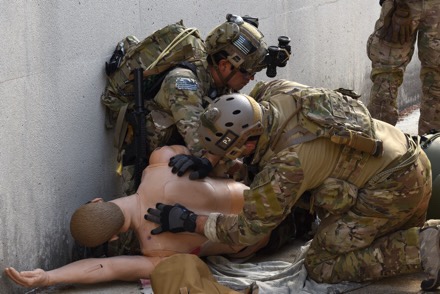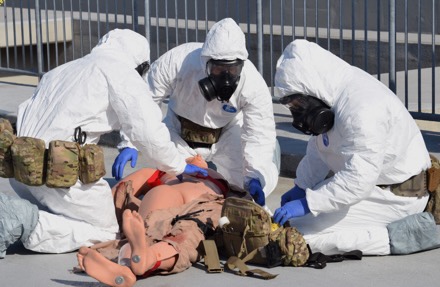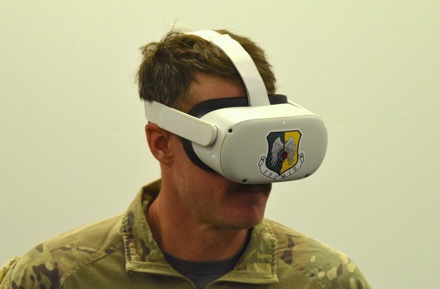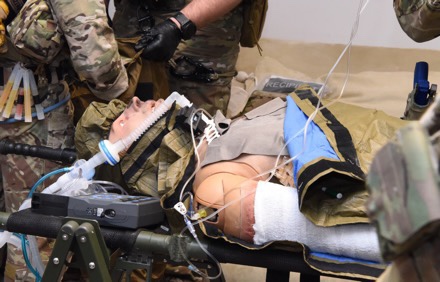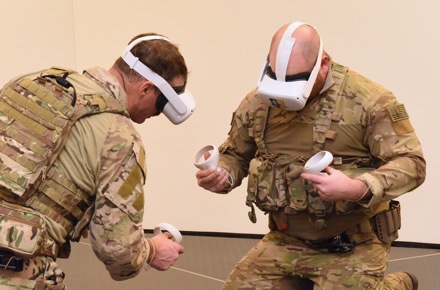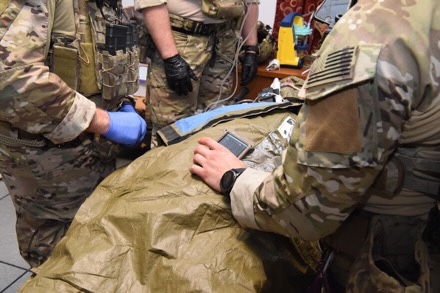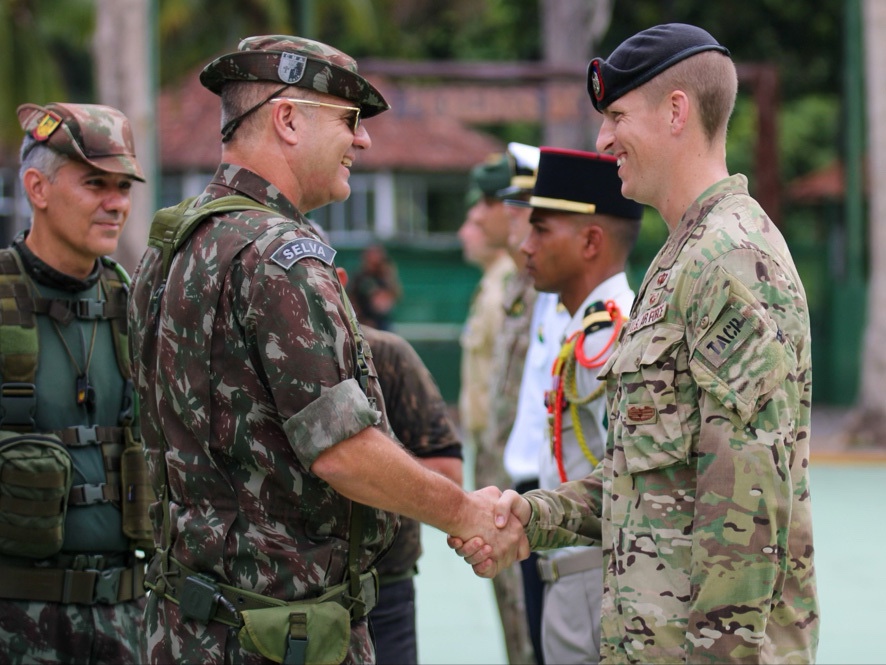
MANAS, Brazil – For New York Air National Guard Tech Sgt. Jeremy Miter, adapting to the heat and humidity of the Amazon basin was the toughest part of the six weeks he spent at Brazil’s jungle warfare school from the end of September until mid-November.
“Once we got into the jungle, it was a whole other level of heat,” Miter said. “The triple canopy rain forest keeps the heat in and all around you. It creates a pressure cooker.”
Despite the heat, Miter became the fifth New York National Guard member to graduate from the course.
CIGS — the acronym for the school’s name in Portuguese, Centro de Instrução de Guerra na Selva — conducts the course for foreign military personnel in Manas, the capital of Brazil’s Amazonas state.
The Brazilians run a 10-week course for their own Soldiers.
New York Soldiers and Airmen have been attending the school since 2019 as part of the State Partnership Program relationship between Brazil’s military and the New York National Guard.
Army National Guard Sgt. William Dunn, a member of the 101st Expeditionary Signal Battalion, was to attend with Mitre but could not because of a medical issue.
To operate in the heat and humidity, the students from India, France, Spain, Portugal, Paraguay, Uruguay and Argentina, and two other Americans from the 7th Special Forces Group learned how to stay hydrated.
Miter said students begin the course with physical fitness tests and swimming in uniform with combat gear.
The next step is surviving in the jungle. The students learn what to eat and not eat and how to find drinkable water and shelter.
“They put us out in the woods for 48 hours on our own to survive without food and only the water that you bring with you,” he said.
“I don’t think anybody ate for the entirety of the survival event,” Miter recalled. “Luckily, it rained at the end.”
As a joint tactical air controller assigned to the 274th Air Support Operations Squadron, part of the 107th Attack Wing, Miter supports ground troops by calling air strikes.
Miter, 33, joined the New York Air National Guard in 2006 and served as a firefighter at the 109th Airlift Wing until becoming a JTAC in 2010.
He deployed to Syria in 2019 and to the Horn of Africa in 2021.
In civilian life, Miter is assigned to the Syracuse Fire Department’s Engine 3.
Miter was picked to attend the course because “he has the mental focus and physical strength” to succeed, said New York Air National Guard Command Chief Master Sgt. Denny Richardson.
Swimming is central to the training, Miter said. The students learned to use the rivers to move around. Using makeshift rafts, they would swim with their rucksacks full of equipment. They also learned how to use boats to infiltrate an area.
The round-the-clock training kept the 25 class members so tired that nobody had the energy to worry about the caiman — Brazil’s version of the alligator — or piranhas in the river, he said.
Students also learned how to navigate in the dense jungle using terrain association and practiced rappelling from helicopters.
Since most of the students were from special forces units, that was simply refresher training, Miter said.
Working with 25 soldiers from different countries who didn’t speak the same language was challenging, but they managed to find ways to communicate.
“The exchange of knowledge between us and Brazil was great. Plus working with soldiers from other countries you don’t normally work with was valuable,“ Miter said.
By Eric Durr, New York Air National Guard


